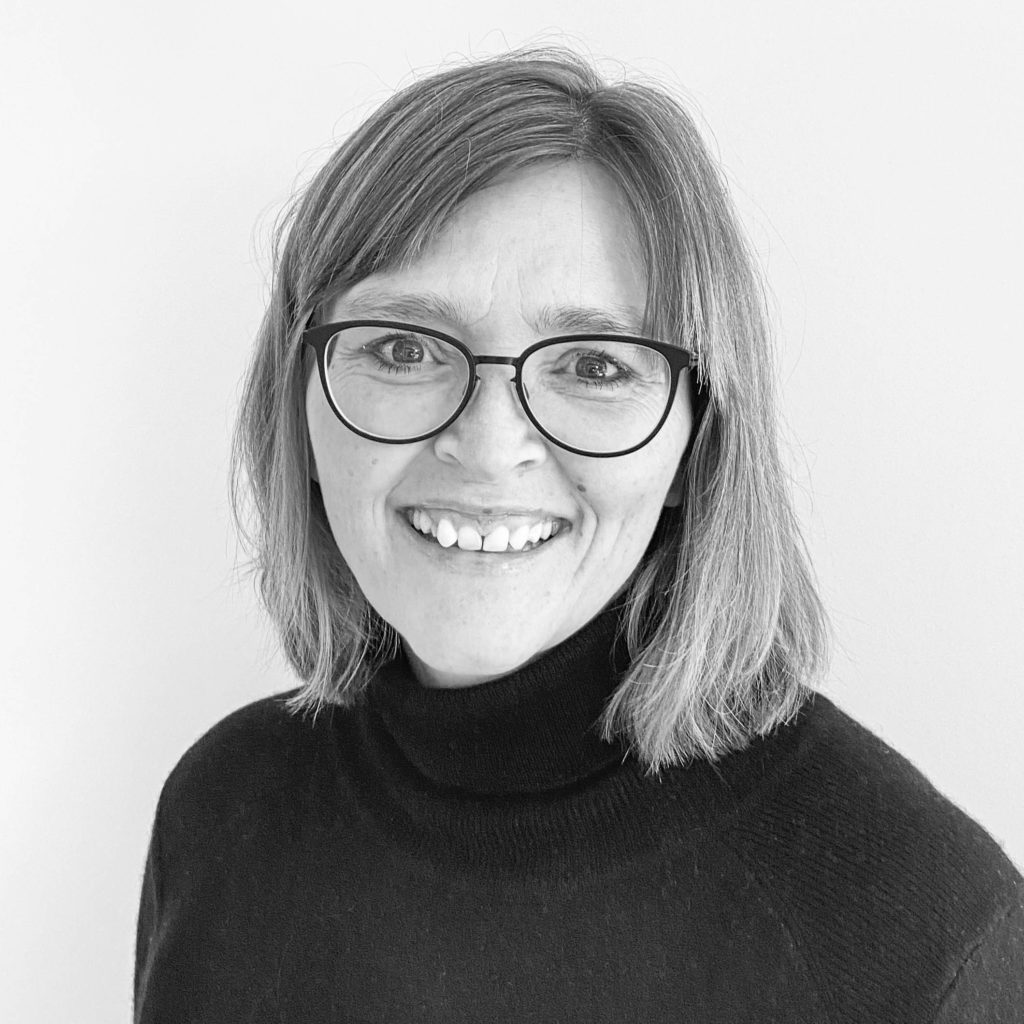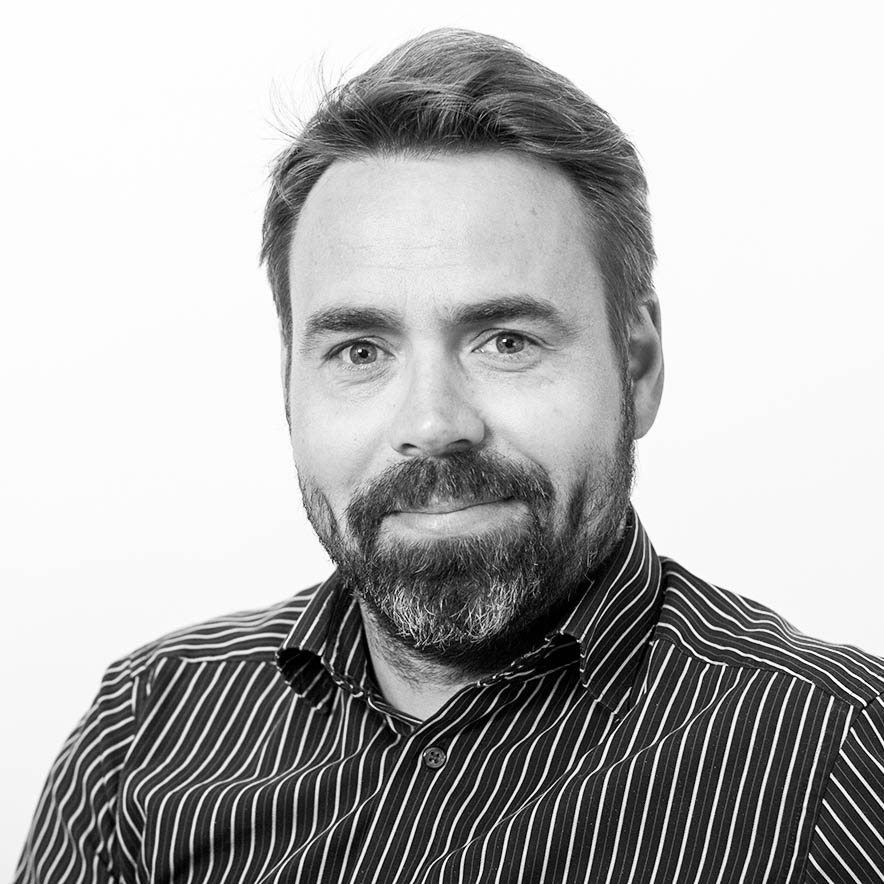How do you achieve a lot when time is scarce? We believe that sustainable growth in the Norwegian salmon farming industry can be achieved quickly through the use of waters close to shore and enhanced, known technology.
There are many diverse views on the interconnected issues of sustainability and salmon farming in Norway, and there is no shortage of talking heads representing special interests or “unique” technological solutions who proclaim their solutions to be the only true way of achieving the ultimate goal. The goal itself can be very varied, ranging from ensuring there are more wild salmon in your favorite river to securing the use of your own technology in the production of salmon onshore or in new types of sea facilities. The authorities are in turn left doing the splits between a narrowly defined sustainability goal as stipulated by the much-contested traffic light system and a desire for growth in an industry that comes out, in relative terms, quite well when benchmarked against most sustainability indicators and compared to other forms of livestock production. Salmon production has a lower feed factor, small carbon footprint and uses less water than the production of animal-based protein onshore does. Why don’t we use the very best of what we have today to produce more salmon in Norway through the use of tried, tested and improved technology that has a relatively small environmental footprint? Is this something worth investing in?
The seas around Norway still have plenty of space to enable further production of fish, especially if you direct your gaze westwards. Here, you find wilder seas with stronger currents and higher waves. The salmon can take it. The limits for what they can deal with have been examined in depth by the Norwegian Institute of Marine Research, as well as others. Experience shows that the environmental conditions salmon face out there actually ensure better growth and health. Locations with strong currents also allow for better fitness, resulting in a higher quality product. Shorter production times through the deployment of bigger fish and lower rates of infection with salmon lice are compelling arguments for reducing the impact on wild salmon by the factor that currently governs production growth in Norway.
What about fish escapes? The second major impact that salmon production has on wild salmon is closely related to technology and the choice of technology. Holes in nets are the main cause of escapes and these incidents can largely be avoided through making the right technology choices and implementing the right procedures when using that technology. The established technology of today that uses flexible floating structures is undergoing constant development and improvement to allow it to be certified and used in conditions where there are higher waves. Providing that the correct technology and procedures are selected, there are no indications that the risk of escape increases. On the contrary, the data shows that incidents connected to handling and processing the fish are the cause of many escapes. These operations decrease in number when you transfer production processes to more exposed locations.
Salmon production in more exposed locations demands technological solutions that are more robust. We must have automatic feeding, sensors and camera technology in place to improve checks and monitoring of the environment and fish welfare. Optimization of energy solutions is another vital initiative in order to better protect the environment. Hybrid solutions that use a battery pack can be an advantageous way to reduce diesel consumption and greenhouse gas emissions. This is technology that already exists and that world-leading Norwegian technology companies are already in a position to supply.
So, what about the carbon footprint of sites? It can be all too easy to forget the elephant in the room when discussing the details of any human activity. The lightweight, floating structures that are used for the production of salmon are an important reason why this type of aquaculture has such a low carbon footprint. Should we abandon this in favor of steel, concrete and other infrastructure encroachments onshore? We believe there is a need for many different types of production in the salmon farming industry of the future. Floating, flexible structures for use in production at exposed locations is a type of technology that we do better than anyone else here in Norway! We are experts in technological development and this also represents a valuable exportable asset that we can further boost. We don’t just sell salmon to the rest of the world – we can also sell far more technology if society gives us these opportunities to develop. By developing great technological solutions for aquaculture at exposed locations, our country can help to lead the revolution in sustainable food production through the export of its technology, which will benefit the entire world.
Future growth in salmon production must take place at the same time as the industry’s environmental footprint and fish welfare are maintained at justifiable levels. With a bird’s eye view, using sites at sea close to the shore for salmon production is a no brainer. We can do it quickly and we can do it sustainably – all we have to do is make up our minds to pursue this option. Technological development has never before been at the heart of developments in the global aquaculture industry in the way that it will be in future. It will create jobs, increase value creation and most importantly of all provide us with food that has a small environmental footprint. We are ready to pitch in! What are we waiting for?

Hanne Digre, Director Sustainability

Torstein Kristensen, Head of Biology